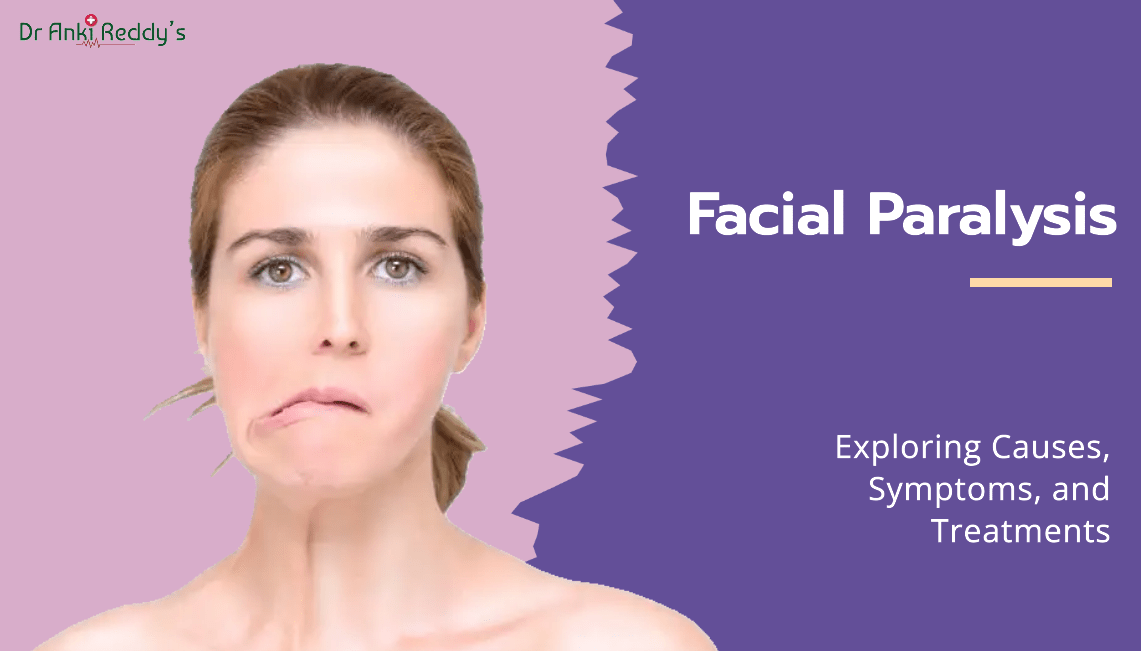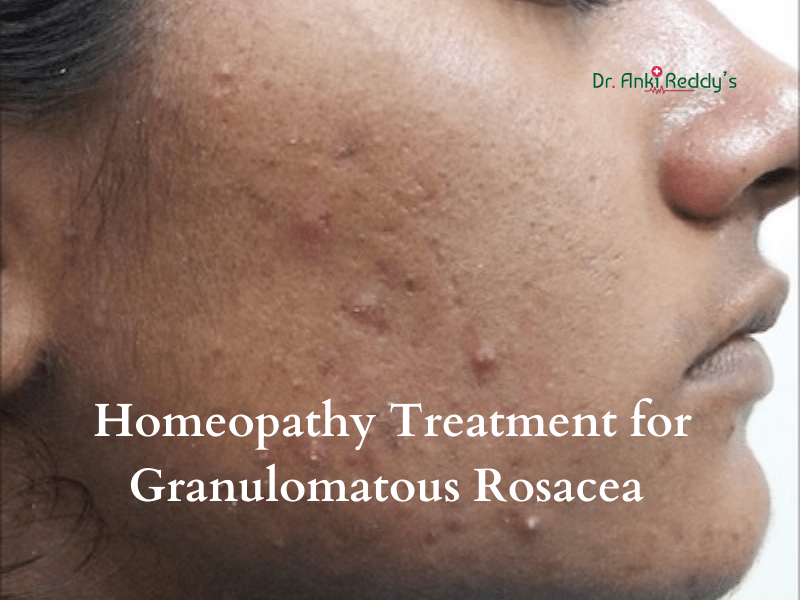Facial Paralysis: Causes, Symptoms, and Treatment Options
Facial paralysis is considered to be the inability to move the muscles on one or both sides of one’s face due to nerve damage. Possible causes include inflammation, trauma, stroke, or even tumors. Treatment does depend on the underlying condition that led to paralysis.
Facial paralysis can be temporary or permanent. It happens when one’s facial nerve becomes damaged. Facial nerve damage can occur on one or both sides of the face.
What is facial paralysis?
Facial paralysis occurs when the facial nerve (cranial nerve #7) does get damaged. This does result in weakness, droopiness, and also a loss of facial movement on one side (unilateral) or even both sides (bilateral) of one’s face.
Facial nerve damage can occur for several reasons, including infection, trauma, or even stroke. It can also occur without a known cause, which is rather referred to as Bell’s palsy. Face paralysis can be complete or partial and also temporary or even permanent.
Facial Paralysis Causes
Few people are born with facial nerve paralysis. In people who are not born with facial paralysis, the condition does develop for one of two reasons:
One’s facial nerve, which transmits signals from one’s brain to one’s facial muscles becomes damaged or even swollen.
The area of one’s brain that does carry signals to one’s facial muscles does become damaged.
Other causes of facial paralysis:
- Stroke
- Bell’s palsy
- Middle ear infection
- Skull fracture
- Autoimmune diseases, like multiple sclerosis.
- Head, neck, or brain tumor
- Facial nerve schwannoma (a slow-growing, usually, noncancerous tumor on one’s 7th cranial nerve).
- Lyme disease
- Sarcoidosis
- Ramsay Hunt syndrome
- Guillain-Barré syndrome
Care and Treatment
Facial paralysis treatment
Facial paralysis treatment much depends on the underlying cause. For example:
- If developing facial paralysis as a result of stroke, one’s healthcare provider will indeed focus on treating stroke.
- If facial paralysis is due to a tumor, the provider will discuss options to remove the tumor.
- If the cause is Bell’s palsy, then of course the provider can prescribe medications and also recommend facial strengthening exercises.
There is no doubt several nonsurgical and also surgical facial paralysis treatments available:
Nonsurgical treatments may include
- Corticosteroids meant to reduce inflammation and also swelling in one’s facial nerve
- Antivirals for fighting possible infection
- Botox injections in order to treat synkinesis, a secondary condition that results in involuntary muscle movements. (This is common with Bell’s palsy.)
- Physical therapy to rather improves facial symmetry, increases muscle strength, and also regains facial coordination.
- Speech therapy helps to regain one’s speech and swallow function.
- Occupational therapy to improve functions such as facial expressions and interpersonal communication
Surgical treatments can include
- Eyelid surgery-In order to help the eye close, various procedures can be performed to be able to support one’s eye and make blinking more efficient.
- Reanimation surgery- There are several types of reanimation surgery. For a few procedures, a surgeon takes muscles and/or nerves from other areas of one’s body (a few nearby and a few from remote sites) and uses them for restoring facial movement. Facial reanimation can involve nerve transfers, tendon transfers, or perhaps muscle transplants, depending on the specific goals of the given treatment.
- Surgery to remove a tumor- If facial paralysis is due to a tumor, a surgeon can perform surgery to remove it and take pressure off one’s facial nerve.
- Cosmetic surgery- There are several cosmetic surgery procedures as well to restore balance and symmetry to the face like brow lifts, facelifts, facial slings, and also eyelid surgery.
Facial paralysis and eyes
If face paralysis affects one’s eyes, it can lead to chronic dry eyes as well as other complications. In such cases, the healthcare provider will recommend treatment in order to prevent the eyes from drying out too much. This might include:
- Eye drops cum ointments
- Taping one’s eyelids
- Eye patches
- Temporary closure of one’s eyelid with sutures
- Surgery is meant to place small weights in one’s eyelids for them to close.
Conclusion
In several cases, it may not be possible to prevent the conditions or situations that can result in facial paralysis, particularly in cases of trauma.









There are no comments